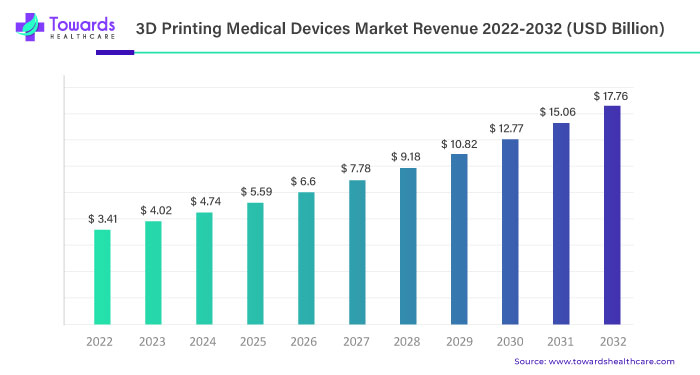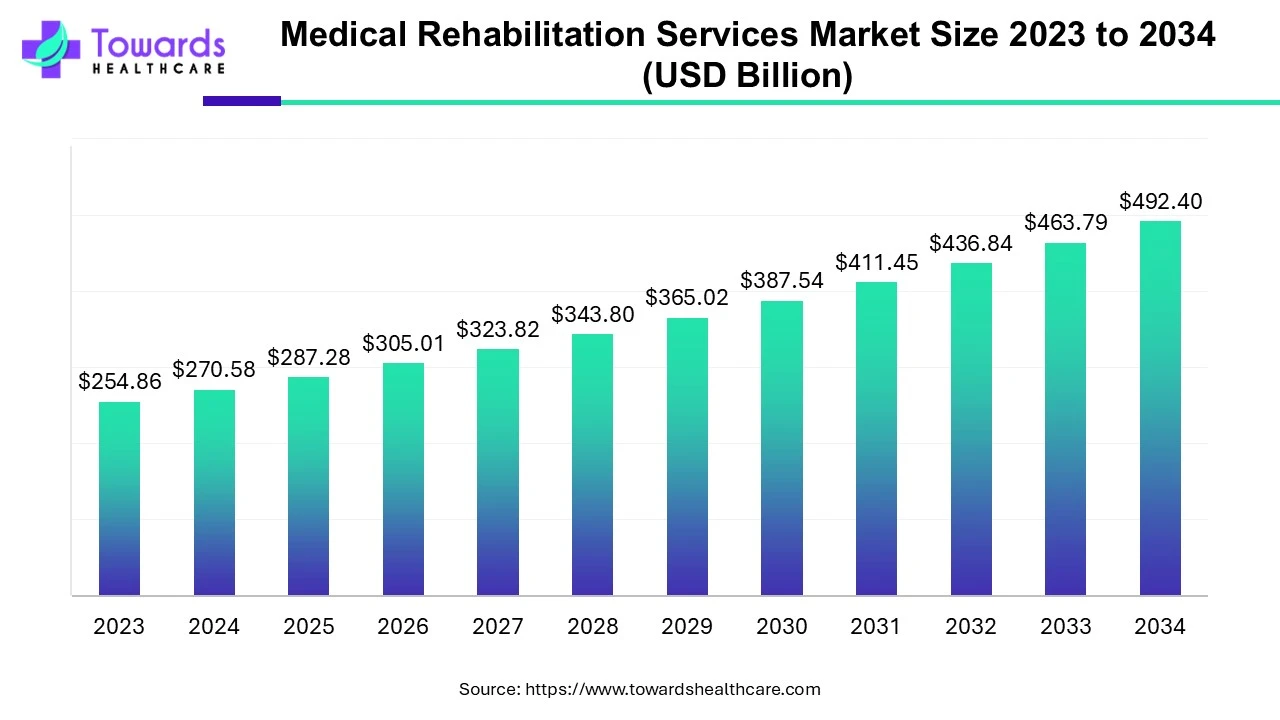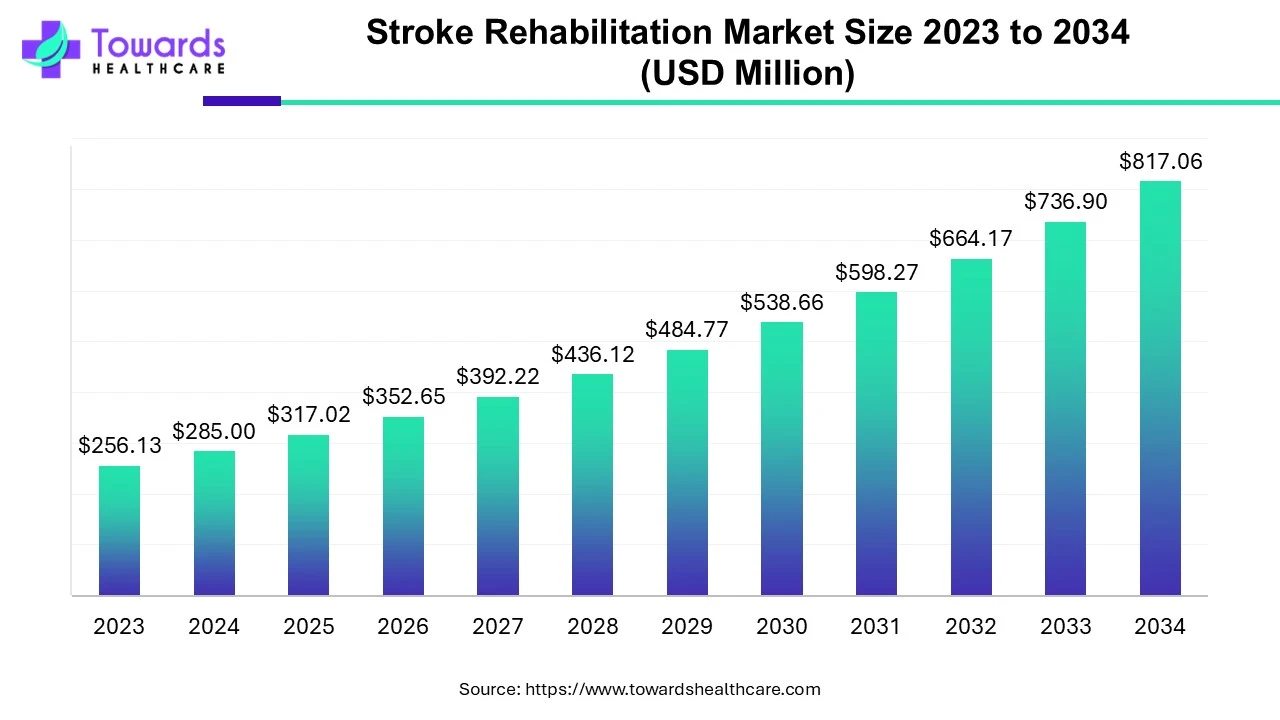
According to recent estimates, the global 3D printed medical devices market size was valued at USD 3.41 billion in 2022. However, propelled by a staggering CAGR of 17.94% from 2023 to 2032, this market is poised for exponential growth. By the year 2032, it is anticipated to reach a staggering USD 17.76 billion, reflecting the soaring demand for customized 3D printed solutions in the healthcare sector.
The 3D printing industry has experienced remarkable growth in the field of medical solutions, thanks to customization and personalization options. Originally known for prototyping, 3D printing has now become a viable choice for end-use applications and larger-scale manufacturing needs. Recent advancements have propelled 3D printing beyond its prototyping origins into mainstream commercial production.
The COVID-19 pandemic underscored the rapid response capabilities of 3D printing in addressing production and supply chain challenges. Local, on-demand manufacturing became crucial, positioning 3D printing as a favorable solution to both emerging and persistent issues.
Throughout the pandemic, manufacturers leveraged 3D printing to swiftly produce medical devices and personal protective equipment (PPE), such as ventilator valve replacements and face shields. This agile manufacturing approach proved invaluable in overcoming supply chain disruptions and shortages. Notably, the production of 3D-printed nasal swabs for COVID-19 testing highlighted the technology’s potential for mass production. As a result, the market for 3D-printed medical devices experienced significant growth during the pandemic.
Download a sample of this report @ https://www.towardshealthcare.com/personalized-scope/5072
Exploring the Booming 3D Printed Medical Devices Market
In recent years, the healthcare sector has witnessed a revolutionary transformation propelled by advancements in technology. Among these, 3D printing has emerged as a groundbreaking innovation, particularly in the realm of medical devices. This article delves into the captivating landscape of the 3D printed medical devices market, unveiling its current status, growth trajectory, and the driving forces behind its expansion.
Evolution and Adoption of 3D Printing in Healthcare
3D printing, also known as additive manufacturing, has transcended conventional manufacturing processes by enabling the fabrication of complex structures with unparalleled precision. In the healthcare domain, this technology has revolutionized the production of medical devices, ranging from implants and prosthetics to surgical instruments and dental appliances.
Key Factors Driving Market Growth
Demand for Personalized Healthcare Solutions
- One of the primary drivers fuelling the growth of the 3D printed medical devices market is the escalating demand for personalized healthcare solutions. Unlike traditional manufacturing methods, 3D printing allows for the customization of medical devices to suit the unique anatomical requirements of individual patients. This not only enhances treatment outcomes but also reduces the risk of complications and improves patient satisfaction.
Technological Advancements and Material Innovations
- The continuous evolution of 3D printing technology, coupled with advancements in biocompatible materials, has broadened the scope of applications for 3D printed medical devices. Manufacturers are increasingly leveraging advanced materials such as biodegradable polymers, titanium alloys, and bioactive ceramics to produce implants and prosthetics with superior mechanical properties and biocompatibility.
Regulatory Support and Quality Assurance
- With the proliferation of 3D printed medical devices, regulatory bodies worldwide have taken proactive measures to establish stringent quality standards and regulatory frameworks to ensure the safety and efficacy of these products. Regulatory approvals from authorities such as the FDA and the European Medicines Agency (EMA) have instilled confidence among healthcare providers and patients, further driving market growth.
Application Insights: Exploring Diverse Healthcare Sectors
Orthopedics and Prosthetics
- Orthopedic implants and prosthetic devices represent one of the largest segments within the 3D printed medical devices market. The ability to customize implants based on patient-specific anatomical data has revolutionized orthopedic surgery, leading to improved implant longevity and patient outcomes.
Dental Care and Maxillofacial Surgery
- In the field of dental care and maxillofacial surgery, 3D printing has emerged as a game-changer, enabling the fabrication of customized dental prosthetics, surgical guides, and implant abutments with unparalleled precision. This has streamlined dental procedures, reducing treatment times and enhancing patient comfort.
Ophthalmology and Audiology
- Ophthalmology and audiology are witnessing a paradigm shift with the advent of 3D printed medical devices such as ocular prosthetics and hearing aids. Custom-fit devices tailored to individual patient requirements have revolutionized vision and hearing restoration, improving the quality of life for millions worldwide.
Future Outlook and Emerging Trends
Harnessing the Potential of Advanced Imaging Technologies
- As medical imaging technologies continue to evolve, including MRI, CT scans, and 3D scanning, the accuracy and resolution of patient anatomical data are expected to improve significantly. This, in turn, will enable more precise 3D printing of medical devices, paving the way for enhanced treatment outcomes and patient care.
Expansion of Point-of-Care Manufacturing
- The concept of point-of-care manufacturing, where 3D printing is employed directly within healthcare facilities to produce customized medical devices, is gaining traction. This decentralized approach not only reduces lead times and costs but also empowers healthcare providers to deliver personalized treatments more efficiently.
Integration of Artificial Intelligence (AI) and Machine Learning (ML)
- Artificial intelligence and machine learning algorithms are poised to revolutionize the design and optimization of 3D printed medical devices. By analyzing vast datasets of patient-specific anatomical information and historical treatment outcomes, AI-powered systems can optimize device designs for enhanced performance and biocompatibility.
Market Segments:
By Products
- Dental Products
- Cardiovascular Products
- Neurological Products
- Orthopedic Products
- Cranio-maxillofacial Products
- Others
By Technology
- Fused Deposition Modelling (FDM)
- Bioprinting
- Selective Laser Sintering (SLS)
- Electron Beam Manufacturing (EBM)
- Stereo-lithography
- Binder Jetting
- Others
By Application
- Medical
- Pharmaceutical
- Others
By End User
- Hospitals
- Research Centers
- Pharmaceutical & Biotechnology Companies
- Others
By Geography
- North America
- Europe
- Asia-Pacific
- Latin America
- Middle East and Africa
To own our research study instantly, Click here @ https://www.towardshealthcare.com/price/5072
Read More about 3D Printed Medical Devices Market:
You can place an order or ask any questions, please feel free to contact us at sales@towardshealthcare.com
About Us
Healthcare Web Wire is a premier subsidiary of Towards Healthcare, dedicated to providing comprehensive insights and information related to the healthcare industry. With a commitment to delivering accurate and timely updates, Healthcare Web Wire serves as a vital resource for professionals, enthusiasts, and stakeholders within the healthcare sector. Our platform serves as a central hub for the latest news, trends and developments shaping the healthcare landscape. Join us on Healthcare Web Wire and become part of a vibrant community dedicated to advancing healthcare knowledge and shaping the future of healthcare worldwide.
Explore the comprehensive statistics and insights on healthcare industry data and its associated segmentation: Get a Subscription
For Latest Update Follow Us: https://www.linkedin.com/company/towards-healthcare


